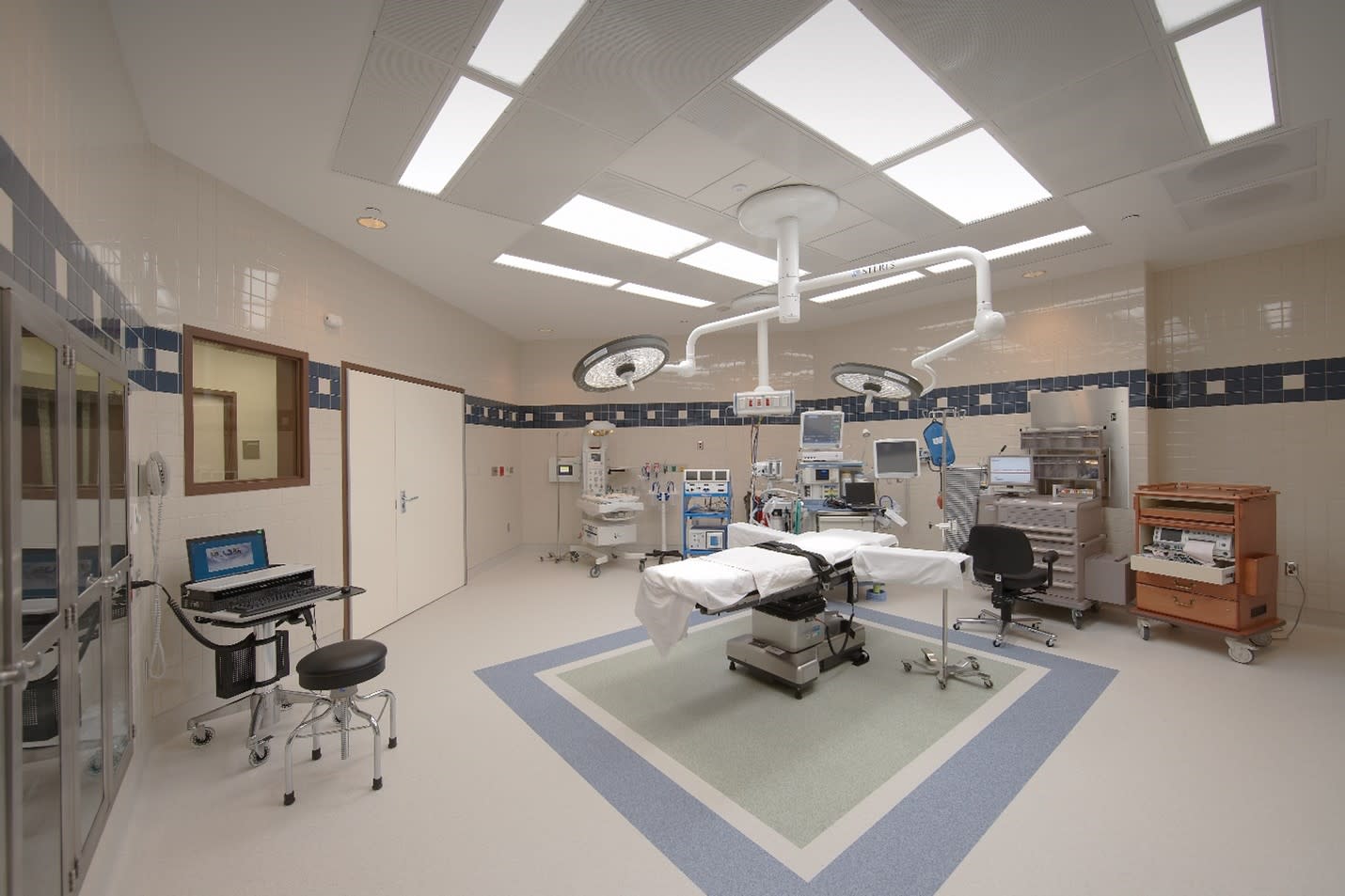
Safety to Savings: Why Healthcare Facilities Need Impact-Resistant Door Edges
In healthcare environments, durability and hygiene are essential features of interior spaces. With constant traffic from patients, staff, and equipment, the physical demands placed on doors can be overwhelming, leading to frequent repairs or replacements. High-pressure decorative laminate (HPDL) doors are known for their resilience, but when combined with impact-resistant edges, they become even more valuable, especially in hospitals. Let’s explore two case studies that illustrate the effectiveness of impact-resistant edge solutions in healthcare settings.
Case Study 1: Florida Hospital Saves on Door Repairs with Permanent Plastic Edges
A public hospital in Florida, equipped with over 1,200 interior doors, was facing an expensive problem: constant door damage and costly replacements. Their efforts to protect doors using traditional metal edge guards were proving counterproductive, causing aesthetic and safety issues. The hospital turned to a door manufacturer for a long-term solution.
The Situation
The hospital had installed metal plating and edge guards to protect the doors from impact by carts, beds, and other hospital equipment. While effective initially, these metal guards soon began to bend and protrude, creating safety hazards. The sharp, jagged edges would catch on clothing and even injure staff and patients.
Beyond the safety concerns, the metal edge guards were also interfering with the hospital’s compliance with Joint Commission (JACO) regulations, which set strict guidelines regarding gaps around door edges for fire and smoke safety. Non-compliance could lead to citations or corrective actions from JACO during their inspections.
The hospital opted to remove the problematic metal guards, but this led to a new issue: unprotected doors started sustaining significant damage, beginning with the corners and spreading across the door face. With doors in constant need of replacement, the hospital was spending large amounts of money on repairs.
The Solution
The door manufacturer recommended permanent plastic impact-resistant edges to solve the problem. These plastic edges acted like bumpers, absorbing impacts from carts and equipment and preventing damage to the doors. Unlike replaceable plastic or metal edges, these would not require regular maintenance or replacement, and they provided the durability the hospital needed without compromising safety or aesthetics.
The Outcome
The plastic edges proved to be a game-changer. The hospital’s annual door repair costs were drastically reduced, saving tens of thousands of dollars. Over 20 years later, the same doors with impact-resistant edges are still in use, protecting the facility from further costly repairs.
Case Study 2: Georgia Hospital Finds Long-Term Savings with Impact-Resistant Edges In Georgia, a new hospital construction project was set to include over 2,000 HPDL doors with metal edge guards. However, a door manufacturer suggested an alternative that led to long-term savings and improved performance.
The Situation
A general contractor had been working with a hospital on a large-scale construction project. Initially, the contractor requested an estimate for over 2,000 HPDL doors with metal edge guards, which they believed would offer the best protection for the hospital’s high-traffic environment.
When the door manufacturer’s design team heard about the project, they suggested that the contractor consider permanent plastic impact-resistant edges instead of the metal edge guards. Although plastic edges would increase the cost of the doors, the manufacturer wanted to show how they could save money over time by reducing the need for repairs and replacements.
The distributor, initially skeptical, worried that the hospital’s tight budget would prevent them from choosing the more expensive option. However, the door manufacturer’s team reached out to the architect and hospital owner directly to explain the benefits.
The Solution
The manufacturer provided testimonials from other healthcare facilities that had used plastic impact-resistant edges, demonstrating their effectiveness and durability. They also presented a detailed cost-benefit analysis, showing that while plastic edges would raise the initial price of the doors, the hospital would save significantly on future repair and replacement costs.
After reviewing the data, the hospital agreed to remove the metal edge guards from their specifications and opted for the plastic impact-resistant edges instead.
The Outcome
The hospital was so impressed with the durability and performance of the new HPDL doors with plastic edges that they chose the same door system for an expansion project. The longer-term savings and lower maintenance needs proved the value of the decision, and the distributor gained more business as a result.
The Value of Impact-Resistant Edges in Healthcare
These case studies demonstrate how impact-resistant edges for HPDL doors provide significant value in healthcare environments. By protecting doors from heavy equipment and constant use, these edges reduce the frequency of repairs and replacements, resulting in cost savings and long-lasting performance.
• Durability: Impact-resistant edges protect doors from damage caused by beds, carts, and other equipment, ensuring that the door remains functional and aesthetically pleasing.
• Safety: Unlike traditional metal edge guards that can bend and create safety hazards, plastic impact-resistant edges remain smooth and intact, reducing the risk of injury to patients and staff.
• Compliance: Permanent plastic edges help hospitals stay compliant with JACO regulations by maintaining the proper gap requirements for fire and smoke safety.
• Cost Savings: By reducing the need for frequent door replacements, impact-resistant edges save hospitals tens of thousands of dollars over time, making them a smart long-term investment.
Conclusion: Why Impact-Resistant Edges Are Essential for Healthcare Facilities
For hospitals and healthcare facilities, where durability, safety, and cost-efficiency are critical, impact-resistant edges for HPDL doors offer an ideal solution. As seen in the Florida and Georgia case studies, the long-term benefits of these specialized edges far outweigh the initial investment, providing lasting protection, compliance, and financial savings.
Whether you’re specifying doors for a new hospital project or upgrading an existing facility, consider impact-resistant edges as a way to protect your investment, improve safety, and extend the lifespan of your doors.